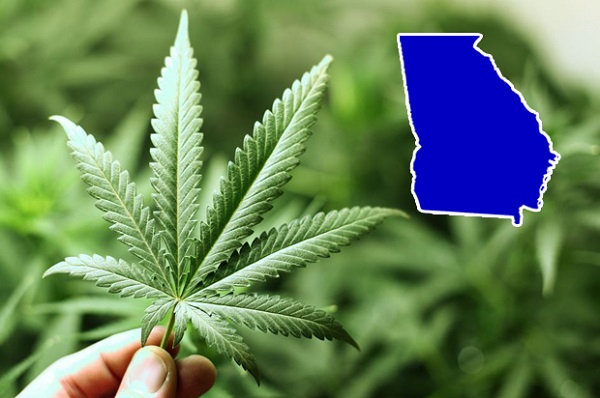Endometriosis is a chronic and disabling disease that affects women exclusively and differs from other similar conditions. Despite the fact that millions of women suffer from it, endometriosis is often called the «silent disease». Let’s take an in-depth look at this serious but little-known disease and find out what research says about the possible therapeutic benefits of cannabis in treating it.
Although endometriosis is called the «silent disease», more than 176 million women around the world suffer from it. Current data shows that one in 10 women suffer from endometriosis, with the highest incidence among young women between the ages of 25-35.
Unfortunately, due to the lack of information and silence surrounding this condition, many of these women experience the pain, suffering and misunderstanding associated with the disease. Endometriosis is a chronic and disabling disease, like some others, and significantly reduces women’s quality of life and can also negatively affect their fertility.
Due to insufficient clinical knowledge and limited resources to research the causes and treatment of the disease, many women are not diagnosed until many years later. Many of them consult with different specialists and even undergo surgical treatment before they are accurately diagnosed, although the number of women suffering continues to grow each year.
What is endometriosis?
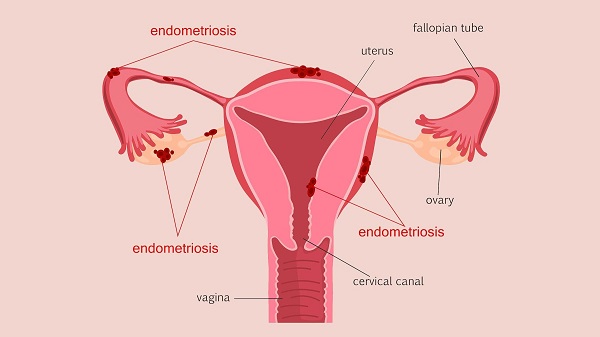
Endometriosis occurs when endometrial tissue is located on organs other than the uterus inside a woman’s body. Endometrial tissue makes up the mucous membrane of the uterus and is what women lose during the menstrual cycle each month.
In most cases, the tissue grows in the area near the uterus, but it can also affect other parts of the body, including the abdomen, fallopian tubes, intestines, bladder, and other areas of the abdomen. This can lead to the formation of endometriomas or endometrioid cysts. In rare cases, endometrial tissue has even reached the lungs or brain.
Symptoms of endometriosis
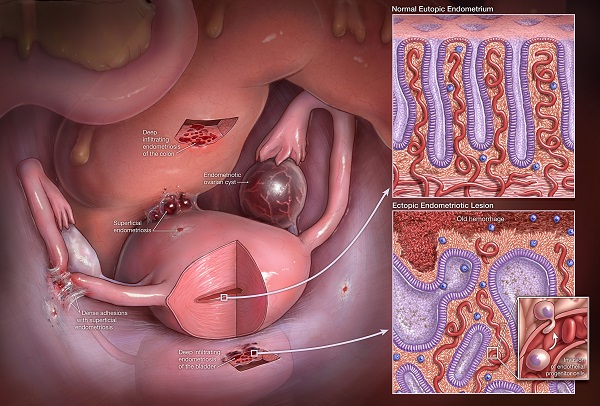
The main signs of endometriosis include intense pain, intermittent bleeding, and reproductive problems such as infertility or frequent miscarriages. Pain during menstruation, also known as dysmenorrhea, is usually physiological pain caused by inflammation that occurs during the menstrual cycle.
In endometriosis, pain also occurs at other points: abdominal pain and cramping before and during menstruation, pain during or after sexual intercourse (dyspareunia), painful defecation, pain in the pelvis or lower back. The discomfort can be so severe that some women compare it to the pain of a heart attack.
In addition to the unbearable pain caused by this Many of these women also suffer from nausea, fainting, and increased irritability. Endometriosis seriously affects women’s professional and personal lives.
Today, the claim that it is normal for women to experience (severe) menstrual pain is no longer valid. Some experts believe that a normal menstrual cycle need not be painful, and that premenstrual pain should not occur at all. Thus, when both pains occur, there may be neuroendocrine changes in the body.
What causes endometriosis?
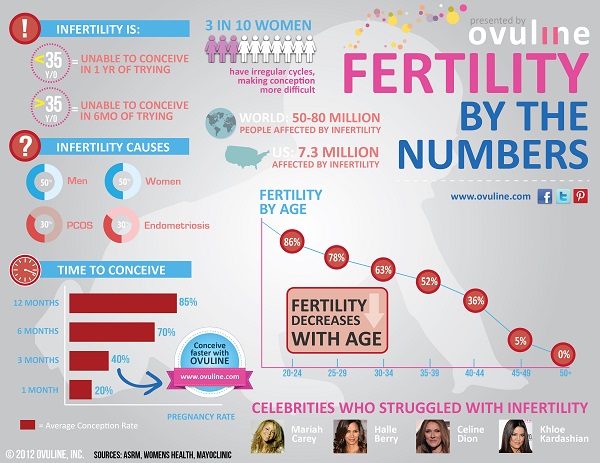
Although the average time to diagnose endometriosis is about 7-8 years, some women with the disease have to wait almost 30 years. Despite the fact that endometriosis begins with the first menstrual cycles in adolescence, patients inevitably experience terrible pain before and after their doctor can properly diagnose them.
Endometriosis patients talk about this in the candid and very interesting documentary «Endometriosis, the tip of the iceberg». produced by Radio Televisión Española RTVE in 2010 and available online with English subtitles.
As noted earlier, in some cases, the average number of specialists a patient undergoes for an accurate diagnosis is between 5 and 6 or even more. It is estimated that 25-50% of infertile women have endometriosis, and it is currently one of the most common pathologies in gynecology.
General methods of endometriosis treatment
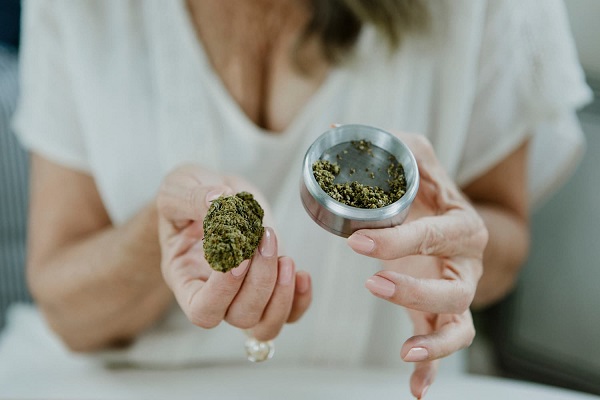
Endometriosis treatment depends on several factors, including the age of the patient, the severity of the symptoms and the desire to have children in the future. There are several treatment options that can be applied depending on the specific situation. One of the main symptoms of endometriosis is pain, so analgesics are a common form of treatment.
For mild symptoms, doctors may prescribe hormone therapy, such as birth control pills. However, while they may bring relief, they cannot prevent scarring or cure any damage. Pills or progesterone gonadotropin injections are also effective treatments, but they can have significant side effects.
Surgical treatment is the most common way to treat severe symptoms that do not disappear with other treatments. Laparoscopy is usually done to help diagnose the disease once and for all, and can also remove cysts, scars or endometrial tissue. Other methods used are laparotomy and hysterectomy, the latter being the most aggressive operation of all and usually the last solution.
However, as described by some of the patients in the documentary, after many of these surgical procedures patients realize that not all of the endometriosis nodules have been removed by the surgeon.
Endometriosis cells multiply rapidly, forming a plaque of tissue as hard as marble, causing the disease to often recur. This is why it is fundamentally important to remove all endometriosis nodules in one optimal operation.
There is now a great deal of scientific evidence showing that the use of medical cannabis has excellent potential to help women suffering from this disease. Therefore, there must be a consensus in the medical community regarding the treatment of endometriosis so that new, less aggressive treatments for this condition can be developed.
How can cannabis help with endometriosis?
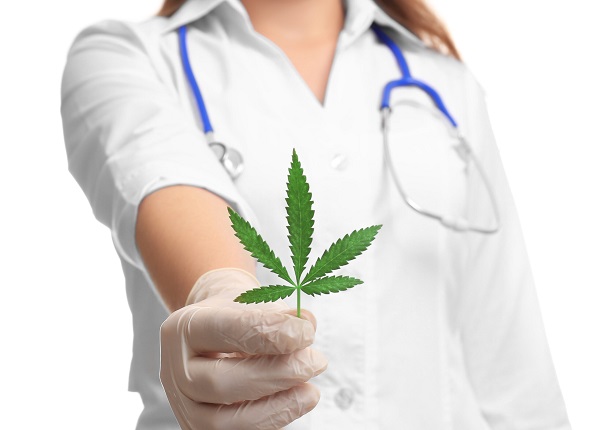
As stated earlier, endometriosis is a chronic disease that cannot be cured. However, personal experience of women in confronting this disease and scientific research indicate that medical cannabis can be a highly effective therapy.
Modern science has identified cannabinoids, the active ingredients found in the cannabis plant, as a new class of drugs that require further study. THC and CBD are the most studied, although more than 100 cannabinoids are known. It is also worth noting that cannabis contains other compounds such as flavonoids and terpenes, which are also being investigated for their entourage effects.
The proven beneficial properties of cannabinoids can help reduce a multitude of symptoms caused by endometriosis, such as pain, depression and anxiety, fatigue, inflammation and nausea, to name a few.
Cannabis for menstrual pain, inflammation and cramps
In addition to their analgesic properties, cannabinoids also show anti-inflammatory and anti-spasmodic effects. They are used orally (CBD oil or capsules) or intravaginally (vaginal suppositories) to relieve menstrual pain.
There are many methods of using medical cannabis, so it is advisable to consider a number of practical aspects for proper use and dosage, and always consult your doctor. Smoking is the fastest way to experience the effects of cannabis, while ingestion takes longer, but the effects last longer. Vaping buds may be a preferable alternative to smoking. Suppositories and topical creams may also be suitable options, having a more localized effect.
The anti-inflammatory properties of cannabinoids and other cannabis components are enhanced when used together. They are useful in reducing pain caused by menstrual inflammation. Thus, because of their analgesic properties, patients with pain can improve their condition, but to a certain extent, depending on the cannabinoid and compound used. In addition, their antispasmodic effects help reduce menstrual pain.
Current research suggests that cannabidiol, or CBD, the main non-psychoactive component of cannabis, reduces inflammation associated with chronic inflammatory conditions. It also acts as an antioxidant, potentially inhibiting the development of various cancers.
In the case of endometriosis, the cells that form the inner wall of the uterus (endometrium) can bleed, releasing inflammatory mediators and causing localized pain. With cannabidiol, patients can greatly improve their quality of life by reducing pain. In many cases, patients even stop taking other types of medications.
Endometriosis and the endocannabinoid system
Endocannabinoids are natural cannabinoids produced by the human body. They have many biological functions and activate the CB1 and CB2 cannabinoid receptors. Because of the importance of this system, drugs capable of blocking cannabinoid activity are now being considered as potential treatments for a variety of diseases, including endometriosis.
The endocannabinoid system consists of a network of cannabinoid receptors that regulate our neural, immune and endocrine functions, as well as being essential to the normal function of the female reproductive system. Since the discovery of this system, researchers have continued to explore the potential of cannabinoids in treating diseases affecting the female reproductive system.
Imbalances in endogenous cannabinoid levels are often associated with problems and diseases of the female reproductive system, including endometriosis. Proper use of cannabis-containing products, such as creams, oils, or suppositories for topical use, can help restore balance to the body.
Cannabinoids also have properties that can be used to control another important aspect of severe endometriosis: cell growth. Cannabinoids regulate cell growth and migration through their role in the processes of proliferation, apoptosis and angiogenesis.
The antiproliferative effects of cannabinoids are due to inhibition of growth factors and disruption of signaling pathways. Because endometrial cells are characterized by a hyperproliferative phenotype and proangiogenic properties, the use of medical cannabis can help prevent disease recurrence.
What else does science say?
In women with deep infiltrative endometriosis, the more painful form of this disease, lesions in deeper areas are thought to contain a significantly higher density of nerves than others.
Studies suggest that endocannabinoids control nerve growth, and CB1 receptors are found in nerves innervating endometriosis foci. According to the study, «blocking CB1R and related ERK and JNK signaling pathways may attenuate sprouting innervation that has been implicated in pain associated with endometriosis». This «may be a new therapeutic target for patients with endometriosis».
Multiple endocannabinoid receptors, especially CB1 and CB2, have been found in endometrial tissue. Studies on rodents with the disease have shown that these levels are regulated by the menstrual cycle. Moreover, the highest concentration of the endocannabinoid anandamide in the reproductive system is found in the uterus.
Scientists have found that cannabinoid CB1 receptors are present on both somata and in the fibers of sensory and sympathetic neurons innervating abnormal endometriosis masses. CB1 receptor agonists appear to reduce the hyperalgesia associated with endometriosis, whereas CB1 receptor antagonists enhance it.
These data suggest that the endocannabinoid system (ECS) contributes to the mechanisms underlying the peripheral innervation of abnormal masses and pain associated with endometriosis. Thus, it seems clear that endometriosis may be associated with clinical endocannabinoid deficiency.
Decreased ECS function has been shown to cause endometriosis to spread throughout the body and increase pain. In fact, women with the disease have lower levels of CB1 receptors in the endometrial tissue, and because this receptor regulates pain, patients suffer more.
There is evidence that the number of human endometrial cells has increased except when stimulated by a synthetic cannabinoid known as WIN 55212-2. Studies of endometriosis in rodents have shown that animals had more pain when treated with AM251, a drug that inhibits cannabinoid receptors, and less pain when treated with WIN 55212-2.
Environmental toxins such as dioxin have also been linked to endometriosis and CECD. Dioxin is an unintentional byproduct of many industrial processes, especially those involving chlorine, such as waste incineration. Dioxin reduces CB1 levels in endometrial tissue. Since we are exposed to polluted air, water and food, it is not surprising that so many women in developed countries today suffer from some form of endometriosis.
Can CBD oil be used to treat endometriosis or ovarian cysts?
There are several mechanisms by which CBD oil can help treat the symptoms associated with endometriosis:
- CBD has an antiproliferative effect, so it can stop the proliferation of uterine tissue in places where it should not grow. In addition, this kind of medical intervention can prevent recurrence after treatment or surgery.
- CBD has analgesic properties and therefore may just be effective in relieving pain associated with endometriosis.
- Taking cannabinoids may eliminate the imbalance of endocannabinoid and cannabinoid receptor expression seen in women with endometriosis. However, this has yet to be confirmed by scientific research.
Some women with endometriosis also have ovarian cysts. While the endocannabinoid system plays a role in human ovaries, there is no scientific literature that suggests that cannabinoid treatment of ovarian cysts is effective.
Research to develop new cannabis treatments

Undoubtedly, the available data underscore the need to further investigate endocannabinoid levels in women. It is important to determine whether these levels are lower in plasma or endometrial cells. With this information, we will be able to find out whether endocannabinoid levels change during the female menstrual cycle, as they do in rodents.
In this way, we will be able to determine whether women who take cannabinoids experience less pain and stunted endometrial growth, or whether women who use cannabis are less likely to develop endometriosis, as some current studies show.
As noted earlier, diagnosing this disease is currently a challenge. A simple biomarker, such as reduced levels of endocannabinoids in blood or endometrial tissue, could save millions in healthcare worldwide. Moreover, it could save years of unnecessary pain for millions of women suffering from the disease.
Although more research is needed to determine exactly how cannabis may be beneficial to endometriosis patients, the results of current research and the experiences of patients using cannabis for medical purposes look very encouraging. The potential of cannabis to help women manage the symptoms of this disease and improve their quality of life is now very clear.
If you have endometriosis, have you ever tried cannabis, cannabis oil or other cannabis-based products to treat the symptoms of endometriosis? Share your experience in the comments below!



